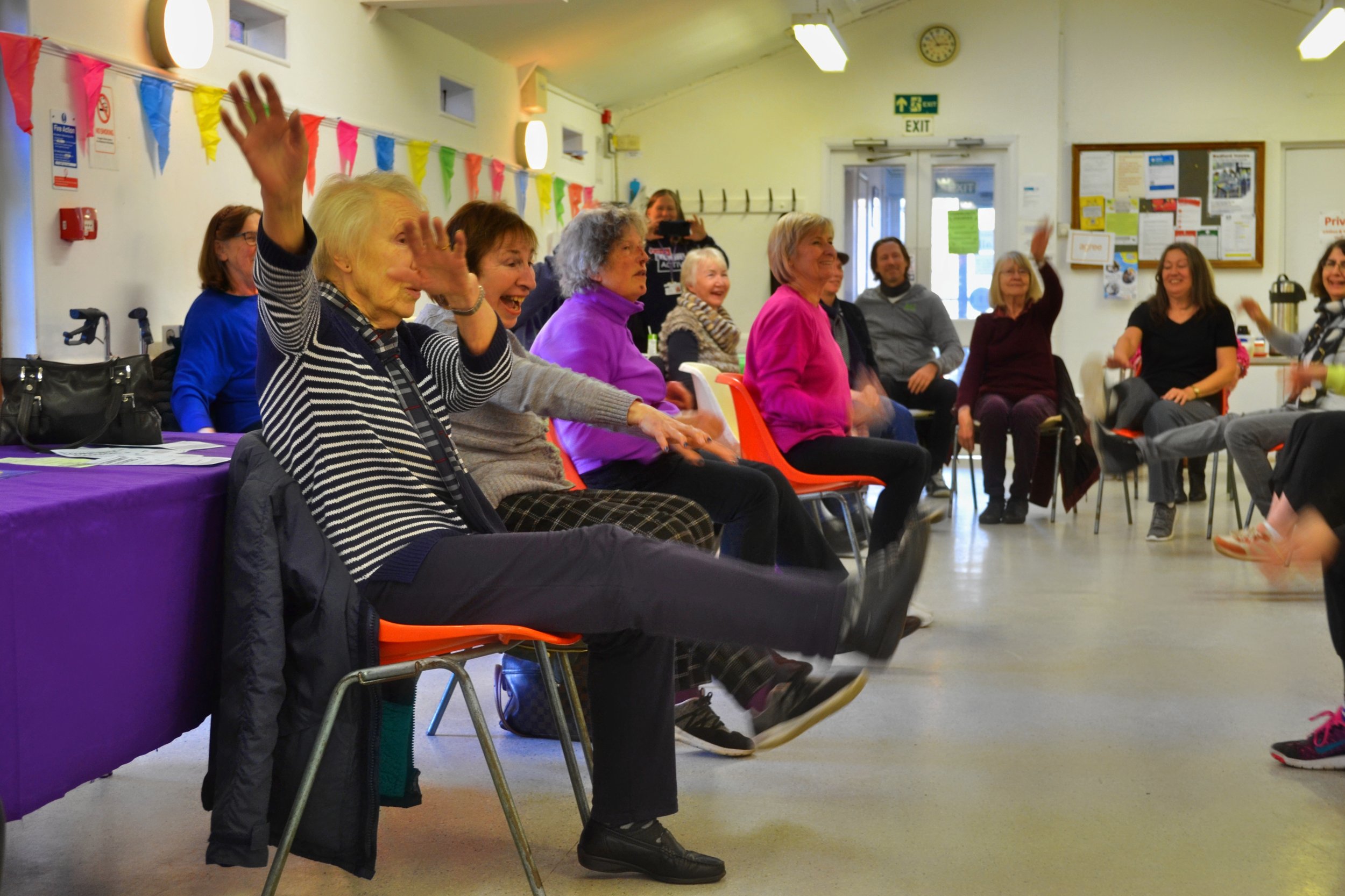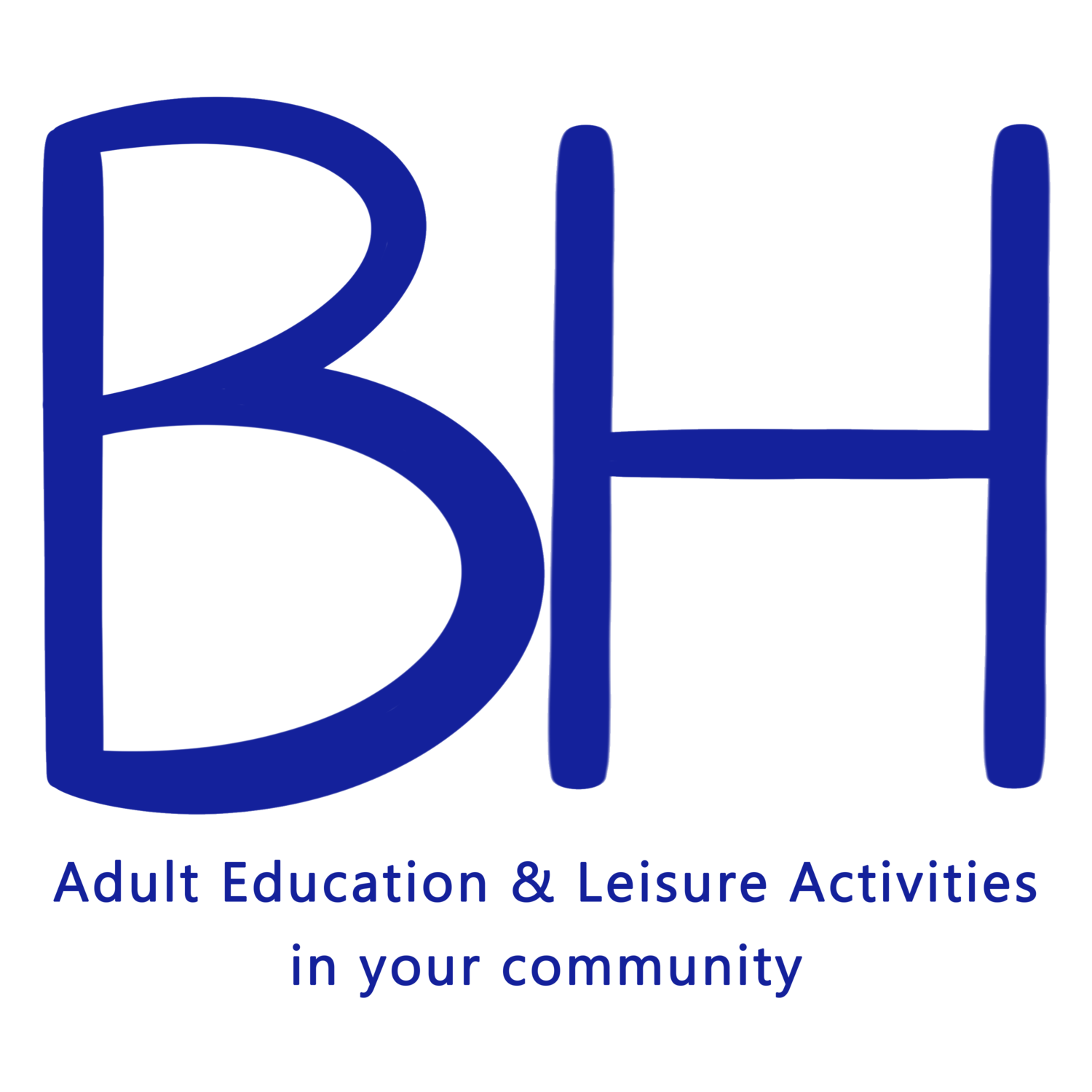
ACCESS & INCLUSIVITY STATEMENT
BHCA is committed to working towards becoming an organisation that is accessible and inclusive according to The Social Model of Disability*.
BHCA is aware that it has a long ‘journey’ ahead to being fully accessible and inclusive in accordance with The Social Model. BHCA is fully committed to making changes to achieve its goal of full accessibility and inclusivity and to have made good progress within the next 3 years, (by 2026).
BHCA 2023
‘* The Social Model of Disability holds that a person isn’t 'disabled' because of their impairment, health condition, or the ways in which they may differ from what is commonly considered the medical 'norm'; rather it is the physical and attitudinal barriers in society – prejudice, lack of access adjustments and systemic exclusion – that disable people. To say that someone is 'just different' or 'differently-abled' ignores the fact that they face these disabling barriers created by society, and implies that they do not experience discrimination, and that society does not need to change to become more accessible and inclusive.
The Social Model was developed by disabled people to identify and take action against discrimination, and to centre equality and human rights. This is in contrast to the traditional Medical Model, which presents disability as an individual, medical 'problem', focuses on what a person can't do because of their particular physical, neurological or psychological characteristics, centres care, cure and welfare instead of accessibility, independence and inclusion, and places responsibility and burden on the disabled individual. The Social Model takes the focus away from impairment; it places responsibility on government, organisations, businesses and individuals across all sectors of society to identify and implement constructive changes to remove barriers and increase access.
Under the Social Model, disability is framed as a social construct created by barriers which can be changed and eliminated, providing a dynamic and positive model which identifies the causes of exclusion and inequality and proposes a solution. It is on society to make changes, not on the disabled person; for individuals and organisations to understand and then make the adjustments required to stop marginalising and excluding people whose bodies and minds don’t comply with society’s idea of what is normative and acceptable.
The Social Model makes a clear distinction between impairment (a condition, illness or loss/lack of function) and disability (barriers and discrimination). It also demonstrates that people from different impairment groups, far from having separate issues and interests, face common problems - such as lack of access to information and communication, environmental exclusion and discrimination in employment - and empowers them, along with their allies, to find common solutions to remove these barriers. It moves away from a position of 'blaming' the individual for their 'shortcomings', argues that impairment is and always will be present in society, and suggests that the only logical outcome is to plan and organise society in a way that includes, rather than excludes, disabled people.
